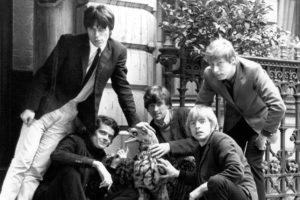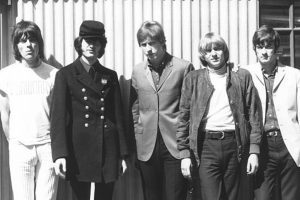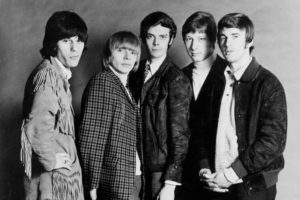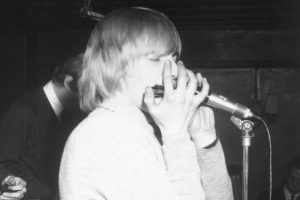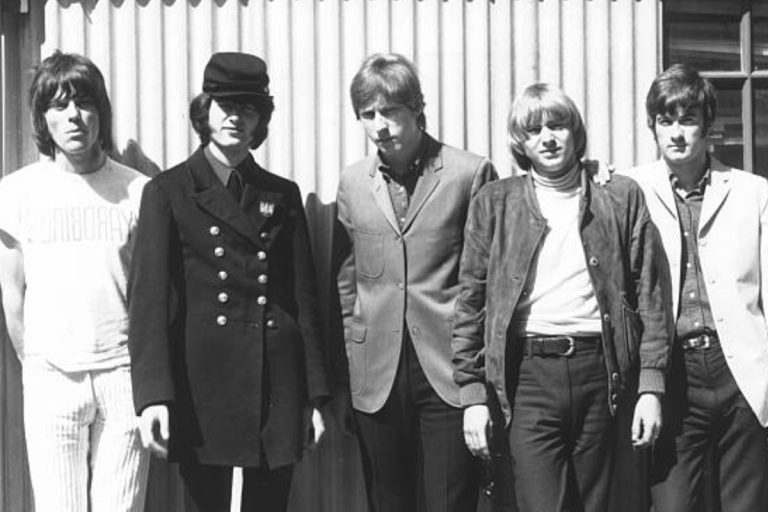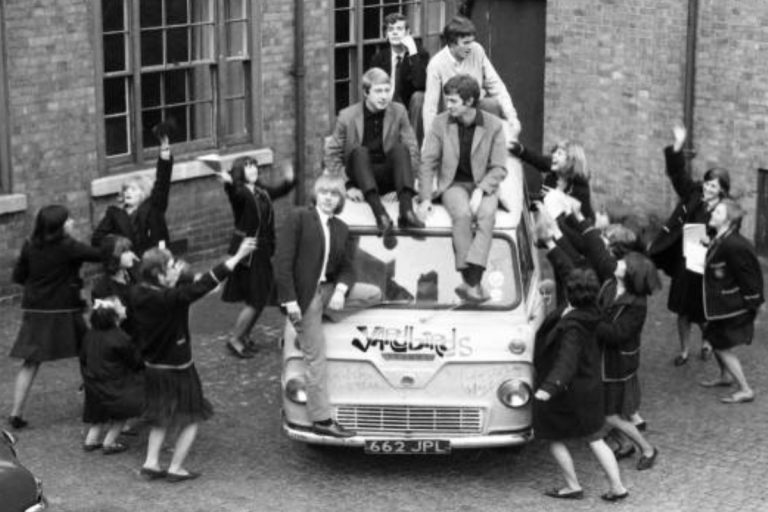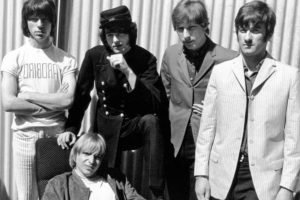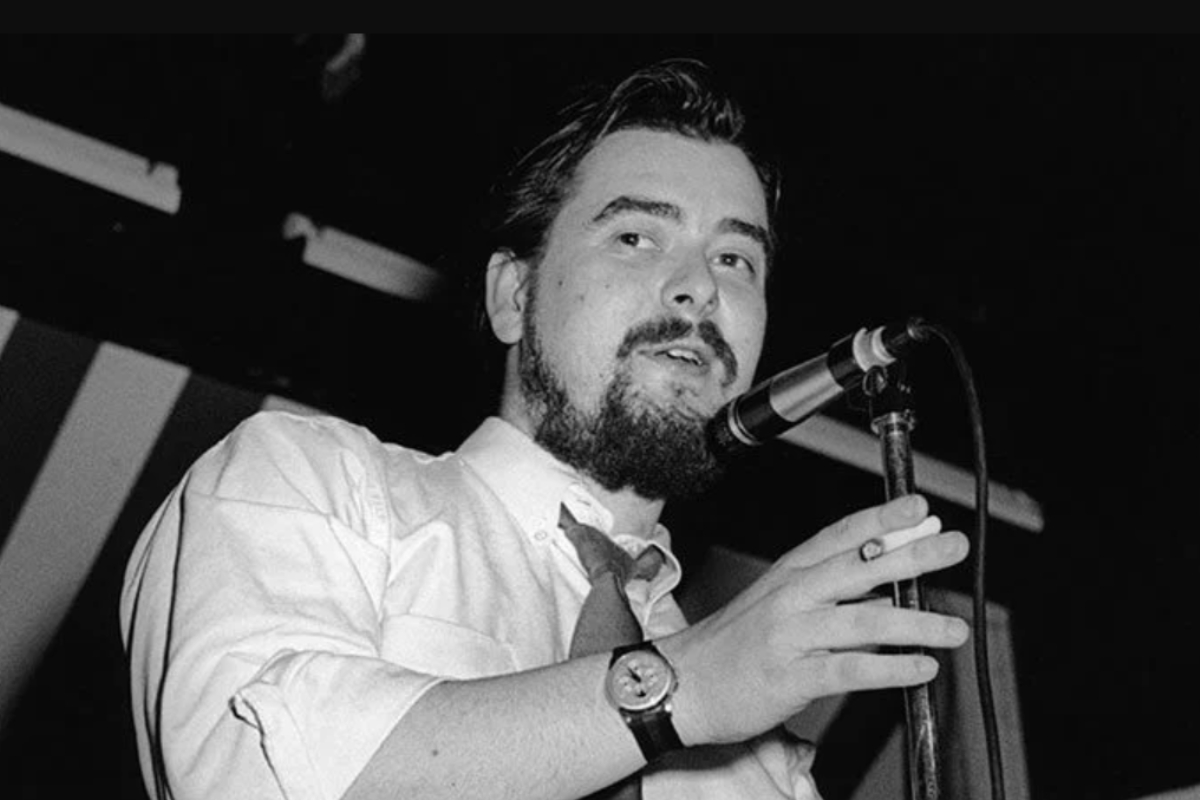
For rock music fans, one of the most frequently asked questions is: Who truly managed The Yardbirds at the height of their success? This question is not just about naming managers. It’s also an exploration of how a band that launched the careers of Eric Clapton, Jeff Beck, and Jimmy Page managed to endure, experiment, and shape the future of rock music. During their peak popularity, managing them was no easy feat. It was filled with transitions, tension, and crucial decisions that affected the band’s direction.
A Quick Overview of the Article
- Giorgio Gomelsky was the first manager of The Yardbirds and was instrumental in launching their initial success.
- Simon Napier-Bell and Peter Grant followed, both leaving significant marks on the band’s music and direction.
- Each manager’s style brought both positive and negative effects on the group and their legacy in rock history.
The Beginning of Management: Giorgio Gomelsky and The Yardbirds’ Rise
Before the band rose to fame, an impresario and club owner named Giorgio Gomelsky took a chance on them. He was a key figure in the London music scene during the 1960s and owned the Crawdaddy Club, where the Rolling Stones once played. Recognizing The Yardbirds’ potential, he offered them a spot as the club’s house band. Gomelsky was the answer to the question of who first managed The Yardbirds.
Thanks to him, the band landed numerous live performances and launched their debut live album, Five Live Yardbirds. He also encouraged them to continue developing their blues-based rock infused with improvisation. More than that, he opened doors for them across Europe.
Gomelsky wasn’t just a manager—he was a creative visionary. He came up with the idea of launching the band through live recordings instead of the more typical studio albums. As a former filmmaker, he brought a multimedia perspective to shaping the band’s image. He even coined the term “rave-up” to describe the band’s energetic instrumental breaks—something that became part of their signature sound.
As a talent scout and publicist, he used his media and radio network to boost the band’s exposure. One of his key strategies was presenting the band members as distinct personalities rather than just a group—especially Eric Clapton, whom he branded as “Slowhand” to give him iconic status in the blues and rock scenes. This approach helped build a more personal connection between the band and their audience.
Early Successes and Gomelsky’s Strategy in Shaping the Band’s Image
Gomelsky’s direction was clear: maintain a strong presence in the live scene while helping the band record material for the mass market. One of his smartest moves was recording their live shows at the Marquee Club, which became the foundation of Five Live Yardbirds. At that time, live albums were rare, so this was a bold and innovative step.
With his connections to UK producers and media, he gradually positioned the band as one of the top live acts of the decade. Through his branding, Eric Clapton emerged as “Slowhand”—a name that stuck not just within the band but throughout the industry.
Gomelsky’s Exit and the Arrival of Napier-Bell and Peter Grant
Eventually, differences in direction between Gomelsky and the band became apparent. Gomelsky wanted them to stay true to their blues roots, while the record label pushed for a more mainstream sound. As a result, he had to step away from management.
Simon Napier-Bell entered the scene—a more modern manager with a fresh perspective. He believed the band needed to move away from blues and venture into psychedelic and pop rock. He pushed them to create more accessible songs like For Your Love—a track that became a huge hit but led to Clapton’s departure.
While Napier-Bell steered the band toward a new sound, Peter Grant worked quietly in the background as tour manager. Over time, he became more active in managing the band, especially when it came to tours and negotiations. This was the beginning of his reputation as a tough and protective manager.
Peter Grant’s Role: Discipline, Negotiation, and Protection
Peter Grant was more than just the person who managed The Yardbirds—he was a solid protector of his artists. Known for being aggressive in dealing with promoters, he ensured the band received the compensation they deserved. On American tours, he made sure they never took a loss, and often earned more from live shows than from record sales.
One notable incident was when a promoter didn’t pay them correctly. Grant confronted the organizer backstage and made sure the band got their full payment. In this way, he built a reputation not just as a manager but as a guardian.
He also used his large physical presence to signal that his artists were not to be taken advantage of. He earned a reputation for being “fearless”—a quality that protected the band from exploitative deals and unfair industry practices. At a time when underpaid gigs and unclear contracts were common, Grant served as a mediator who truly cared about the musicians’ welfare.
He didn’t hesitate to challenge record labels or promoters when deals didn’t benefit the band. He even declined some TV appearances if they didn’t align with the band’s sound or artistic integrity. For Grant, long-term respect mattered more than instant fame.
Management Challenges: Conflicts Within and Beyond the Band
While the band thrived on stage, tension simmered behind the scenes. Managing The Yardbirds wasn’t easy due to the different personalities within the group. Their music kept evolving, and each member had their own ideas about the band’s direction.
Disputes arose, especially during the transition of lead guitarists. Clapton left because he disliked the band’s new sound, and was replaced by Jeff Beck, who was later joined by Jimmy Page. Pressure from record labels to release more hit singles only increased the tension.
The Dual Lead Guitar Era: Beck and Page
One of the most ambitious periods for The Yardbirds was the dual lead guitar era—a rare setup at the time. Having Jeff Beck and Jimmy Page perform together brought technical complexity. Management had to be more organized than ever—from sound checks to managing the egos of two star guitarists.
Peter Grant was the band’s pillar during this phase. He made sure that performances didn’t fall apart despite the personal tensions. Often, he had to carefully schedule rehearsals, rest, and promotional appearances to keep things running smoothly.
Transition to Led Zeppelin: The Final Phase
Eventually, The Yardbirds couldn’t withstand the mounting pressure. Some members chose to part ways, while Jimmy Page and Peter Grant began forming a new band. This was the beginning of Led Zeppelin, with Grant continuing as Page’s manager.
Grant’s management of The Yardbirds served as essential training for what was to come. What he learned from handling tours, negotiations, and internal conflicts became the foundation for his legendary management style with Zeppelin—one that many future managers would try to emulate.
The Legacy of The Yardbirds’ Management
When asked who managed The Yardbirds at the peak of their career, naming names isn’t enough. The answer lies in the impact these managers had on the band’s direction, style, and survival.
- Giorgio Gomelsky opened the doors for the band to showcase their talent.
- Simon Napier-Bell set them on a new musical path.
- Peter Grant provided protection, dignity, and discipline.
Their leadership was far from perfect, but it laid the foundation for the band’s success. The Yardbirds became a cornerstone of British rock not just because of their talented members, but also due to the strategic leadership behind the scenes.
To this day, the discussion about who managed The Yardbirds remains relevant—not just for historians, but especially for fans. Behind every riff, solo, and song was someone quietly but firmly guiding the band—a manager who became part of rock history.
